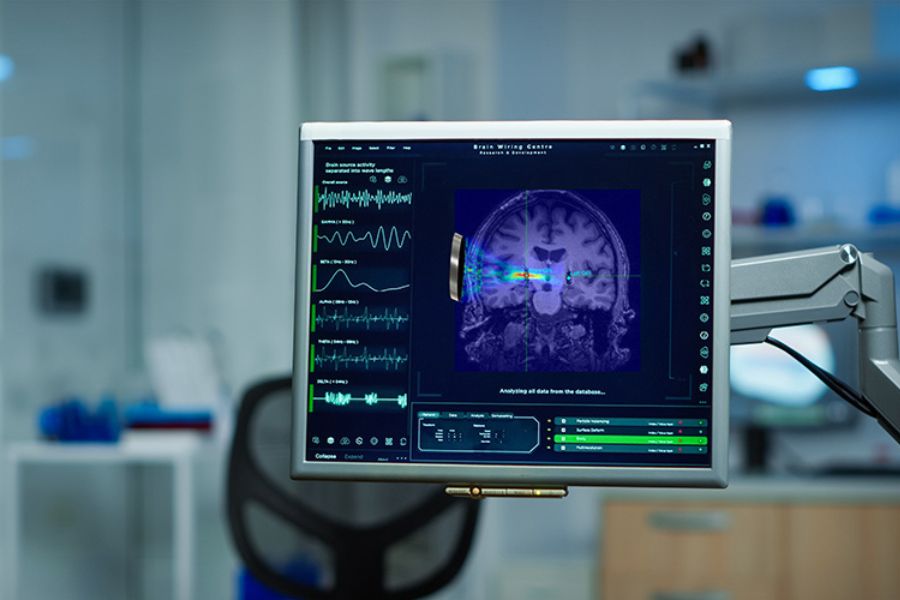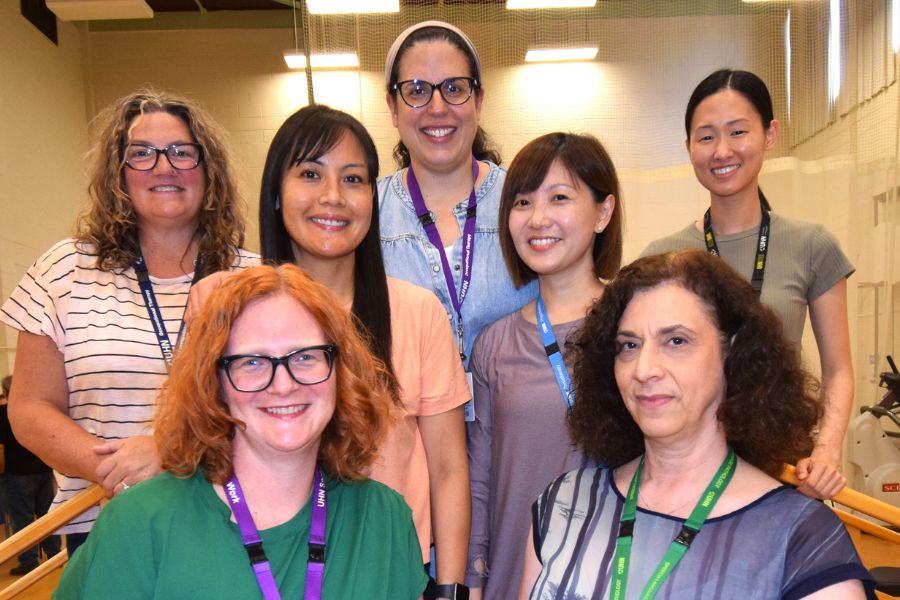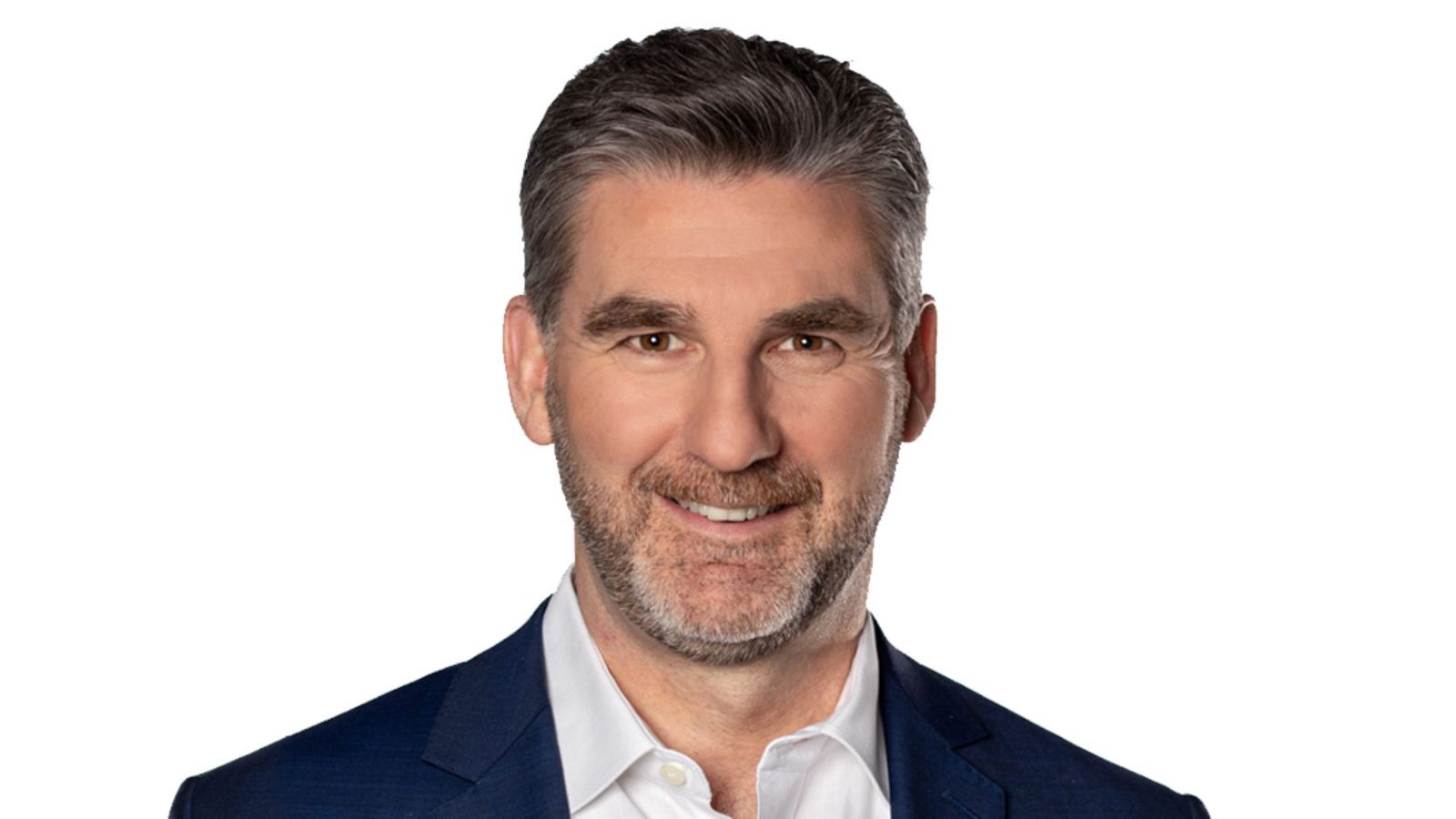
Longtime CBC journalist discusses his journey with Parkinson’s disease and deep brain stimulation.
“I first noticed the tremors in my right hand in 2013. It was unusual, but I’m left-handed, so it didn’t bother me much. The doctor, when I eventually went to see her, had two theories: a benign tremor or Parkinson’s. It took two years to learn it was Parkinson’s – a diagnosis confirmed after a neurologist in my home province of New Brunswick referred me to Dr. Anthony Lang, a world-renowned expert in movement disorders, at UHN’s Krembil Brain Institute.
“Over those couple of years, my symptoms got worse. I had to concentrate to walk normally, swinging my arms in time to the movement of my legs, which was disconcerting. I was 53 when I first met Dr. Lang and still had a TV career ahead of me. While he was reassuring – ‘Don’t worry, we’ll get you back on air,’ he told me – the symptoms continued. Medication helped, but one side effect is dyskinesia, which causes your body to twist and torque, making it difficult to stay still.
“There was a way to treat these side effects: through deep brain stimulation (DBS). When Dr. Lang suggested the treatment, it sounded serious since it was brain surgery, but as my symptoms progressed, it was clear that this would be a good long-term solution. It helped that Krembil performs the most DBS treatments in the country.”
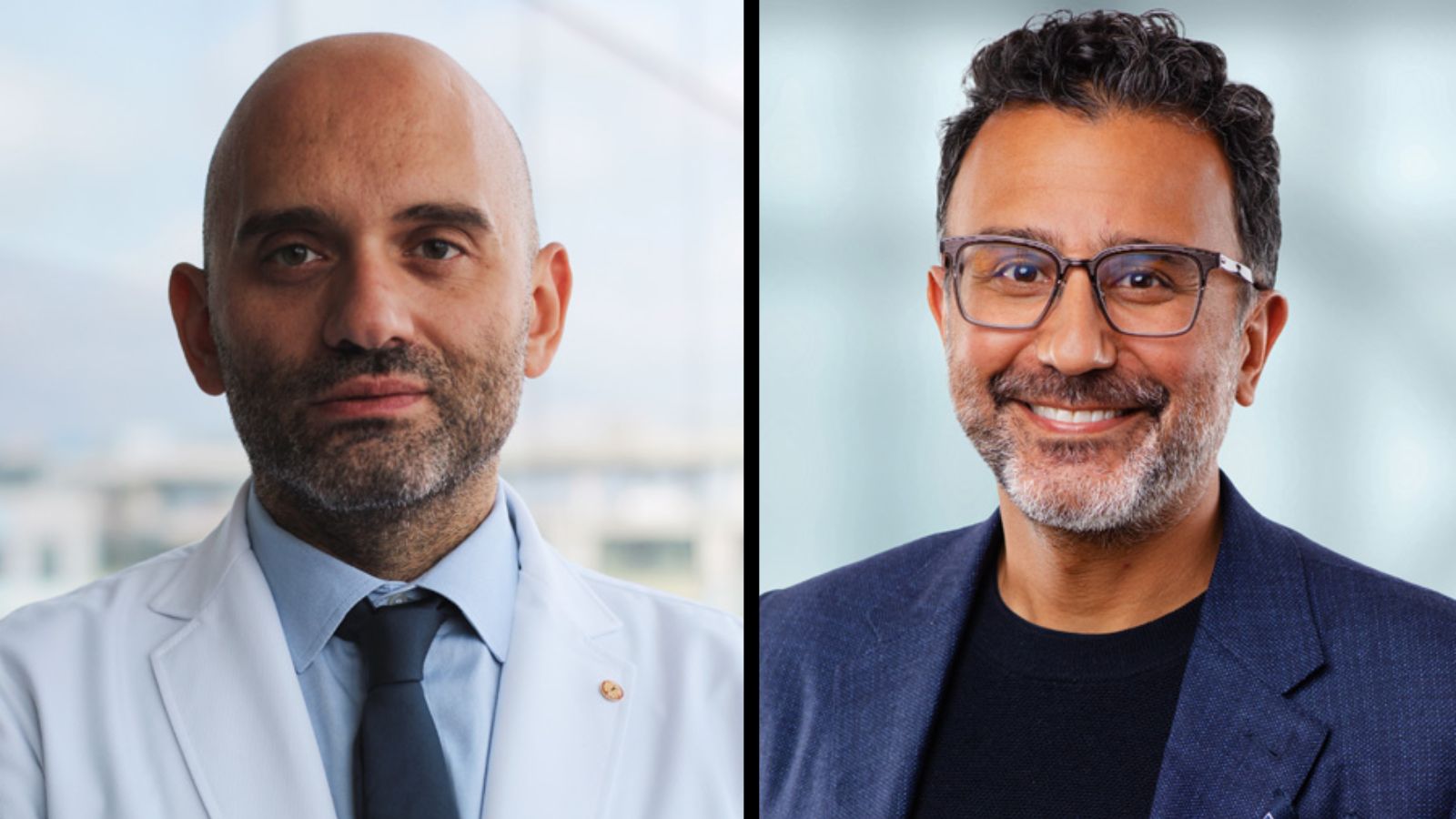
“With DBS, surgeons attach electrodes to the specific parts of the brain that impact movement. Extension wires are then placed under the skin behind the ear, connecting to a computer called an internal pulse generator (IPG), which creates electrical impulses that target areas of the brain controlling movement, dramatically reducing dyskinesia symptoms.
“I had the six-hour surgery in October 2022, and the recovery was only three weeks. When my IPG was turned on that December, in front of a room full of clinicians, my shaking stopped completely. It was a real life-changer.
“Because of Krembil’s physicians and their expertise in DBS, I returned to work, and not just in the office, but in front of the camera, too. I want people with Parkinson’s to know that there is hope. This is not a death sentence by any stretch. It’s been a truly remarkable experience.”
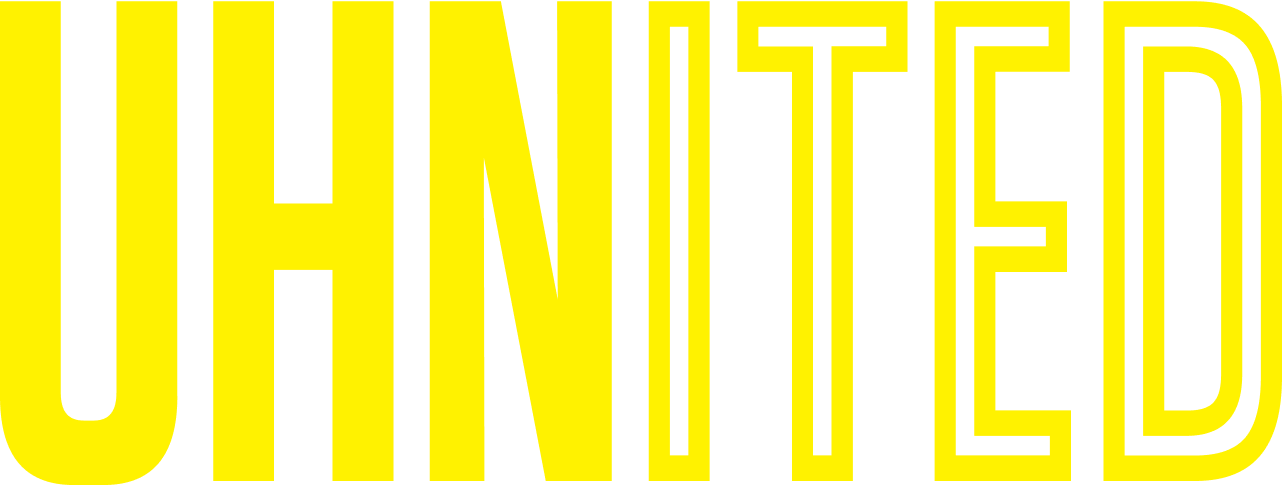
No one ever changed the world on their own but when the bright minds at UHN work together with donors we can redefine the world of health care together.

